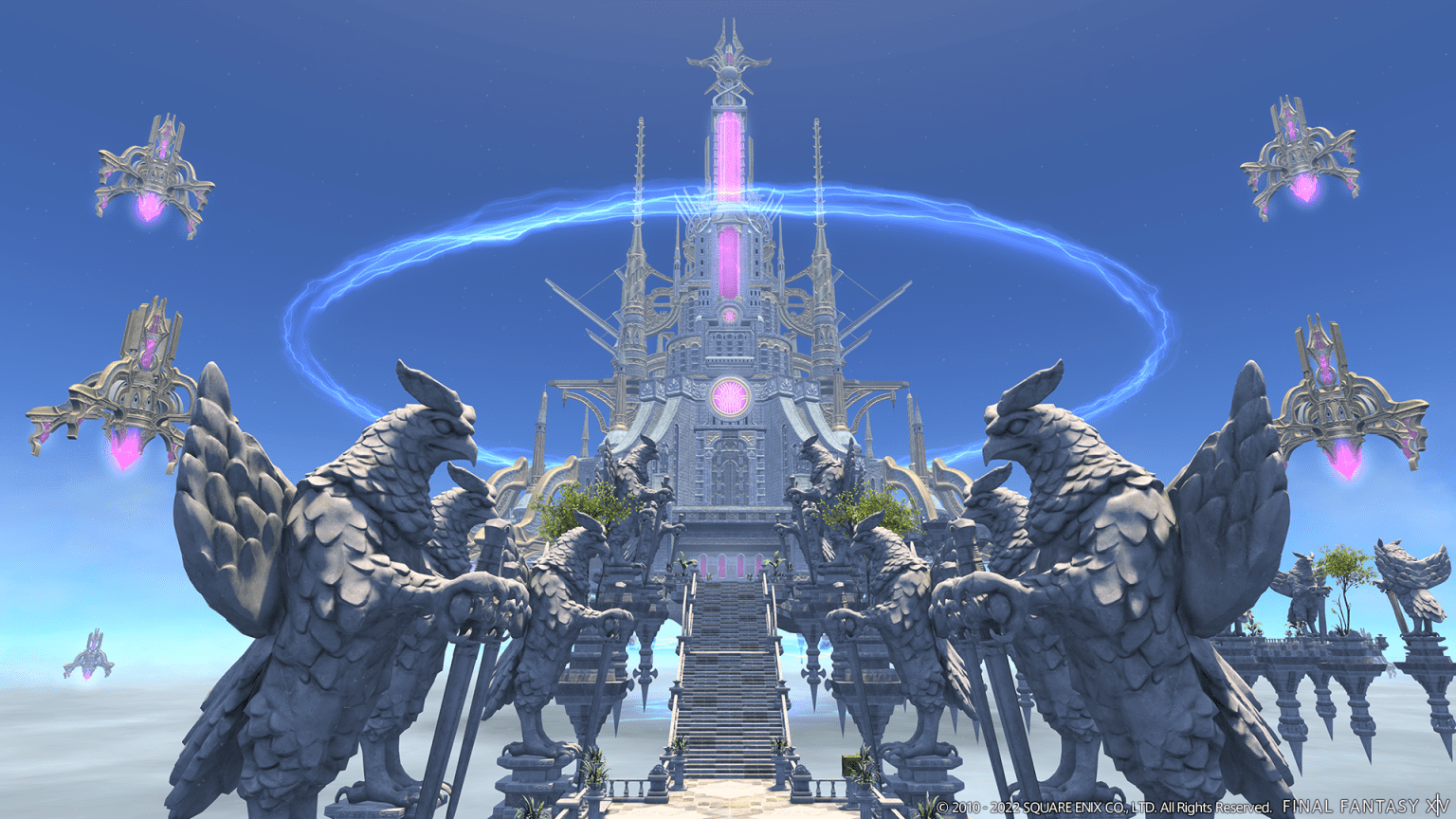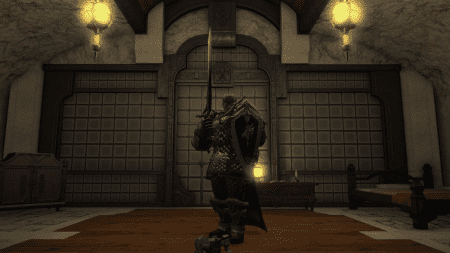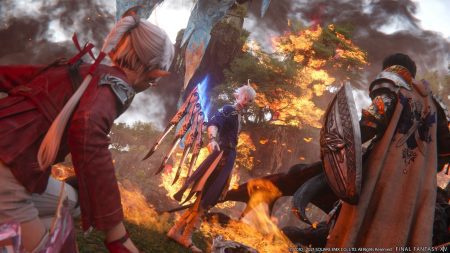Is Simplicity Overused in Game Design? Or Is It Critical for Longevity?
During the eternal march that is game development, video games are perpetually experimenting with new ideas and philosophies. Games are made with thousands upon thousands of interlinked mechanics and options. Every adjustment a game makes is the decision of a team of people wanting to make their experiment as enjoyable—or perhaps as memorable—as possible.
And recently, there has been a pretty significant trend in games. Many mechanics are finding their way out of games.
For many titles, such as short indie video games that run just a few hours, the game better be simple so players can focus on the message. But for longer games, this is a somewhat contentious issue.
In this discussion, I want to talk about a trio of games that focus on simplicity over complexity: Dragon Ball FighterZ, Final Fantasy XIV, and Evil Geniuses 2. These will be our case studies for (or against) the concept of “simplicity.”
Through this conversation, I hope to show how simplicity is crucial to make your game fun. I also hope to show that new-player accessibility does not necessarily make a game unfun or shallow.

Dragon Ball FighterZ: Designed With Simplicity in Mind
Dragon Ball FighterZ was fairly successful during its lifespan. With the game’s “final” character having released (Labcoat 21), we can analyze the game fairly reliably.
FighterZ was, by default, exceptionally simple. The game has four buttons, and each of them have very similar effects for every character. A Heavy Attack from Goku does the same thing as one from Trunks, with minor differences in hitbox and frame data.
The game also has an “Autocombo” system. By pressing Light or Medium attack five to eight times, all characters have access to a fairly high-damage combo or a Super Move combo. This can let newer players feel like they’re doing massive damage despite not being too familiar with the controls.
Even as players get more familiar with FighterZ, the systems maintain that design simplicity. Characters tend to have combos with similar paths. Super attacks consistently do half-health damage, and are fairly universal. Only a handful of characters, like Cell and Beerus, require exceptionally different combo paths.
Thankfully, the game is complex enough in particulars that, once you get to the highest level, every character feels unique.
The game plans for each character are fairly similar, though. Every character wants to get close and put their opponent into a blockstring. Eventually, they’ll do their combo for as much damage as possible, and the cycle repeats.
Does this make the game boring? A little. There aren’t massive differences in characters—unlike in other fighting games—so choice can feel a little lacking. Learning the optimal paths and interesting options for characters is still very enjoyable, and the game is explosive and flashy.

Final Fantasy XIV: Introducing Simplicity in Patches
Final Fantasy XIV started as a mess, frankly. It’s fairly well-documented that 1.0 was not that great.
Now we’re at 6.0 and counting, and FFXIV has enjoyed a massive facelift. But, it wasn’t without a cost.
With patch 6.1, the Samurai Class lost an ability called Hissatsu: Kaiten, which spent a resource to boost the damage dealt by a weaponskill by 20%. With the loss of this ability, my friend texted our chat to say that the Samurai has “lost all thought.” From losing a single button.
As someone who played the Samurai to 90, this button does very little to complicate Samurai. However, there is a notable difference between a few patches ago and now for every class in Final Fantasy XIV.
In many cases, these changes were net positives, removing the bloat for classes.
In some cases, the classes lost their identity. The Ninja’s Dream Assassinate ability was essentially removed entirely, despite being a legitimately cool mechanic in the past. In the most recent patch, the Ninja also lost Trick Attack’s party-wide damage buff. While this is great for the Ninja in terms of DPS, it does make it a bit more generic by forcing it to adhere to the 120-second party buff system.
In general, making FFXIV more simple makes the classes more generic. Is this bad? No; if anything it makes balancing significantly easier. You won’t be kicked for running any tank or healer during raids as long as you pull your weight. As long as the party comp is solid, individual classes are mostly fine.
This simplicity is smart. FFXIV is one of the more welcoming MMOs. Which is good, considering you’re paying for it! This is a smart way to keep the skill floor low and let players focus on mechanics.
On the highest end, this can get a bit dull. Doing basic rotations during difficult mechanics can become a bit boring compared to the more complex rotations that other MMOs offer.
Overall, I’d say that Square Enix is doing well with simplification, but is running the risk of overdoing things. The level of simplicity currently in the game is harming class identity for Tanks, Healers, and some DPS without really benefiting players trying to learn the class. I’d even consider adding some new mechanics to Tanks to make them a bit more involved in difficult pulls.

Evil Genius 2: A Sequel, Simplified
Evil Genius 2 is the sequel to Evil Genius.
Cool, introductory sentence over. Evil Genius 2 stripped a few mechanics from the original game. For instance, the Scheme missions are watered down, reducing the amount of input the player has to put into each decision. Scientists don’t randomly think of new materials for you; there’s just a standard tech tree instead.
These were in the service of making the game slightly more streamlined, but there were a few key problems with the simplification.
- Fans of the first game were disappointed. Some of the lost mechanics made the game feel less like Evil Genius. The issue with making a sequel is losing out on the themes and fun that made the first game so iconic.
- Some of the simplification measures were seen as downgrades. Players have called EG2 a mobile game, which stinks. While that’s not necessarily true, these extra pieces of ease can be seen as almost condescending in a strategy game.
Just like our first two examples, these simplifications can be welcoming to new players and allow focus to be on more intensive mechanics. But, in this case, the simplification of a strategy game comes with a few legitimate gripes.
Is this to say that simplification for strategy games is strictly and unequivocally bad? No, but simplicity should be an on-ramp to introduce the genre’s harder mechanics. There should be a path to the more unique and difficult mechanics to allow for more decisions and intrigue to bleed through.
Conclusion
Simplicity is a crucial part of games… but it should always be balanced with some level of complexity if you want the game to stick. FighterZ and Final Fantasy XIV layer their base level simplicity with more content to challenge that simplicity—-FighterZ with many different levels and tiers of learning, Final Fantasy XIV with more content to challenge your knowledge of the game and its classes.
Simplicity becomes bad when it overrides the game’s message, themes, and option identity. Final Fantasy XIV is starting to run into that issue, and Evil Genius 2 is too far gone to recover. By stripping the game of its unique mechanics for a more streamlined take on strategy, EG2 removed a lot of what was fun about EG1.
What are your thoughts on simplicity in game design? Share your thoughts in the comments below!
Jason graduated from Northeastern University with a degree in English and Game Design. For him, video games are not just an art form, but one of the greatest mediums to tell a story.
When not perpetuating the game journalist stereotype of being awful at a game and blaming the game for it, Jason likes writing short fiction novels that never get past chapter two, and playing Dungeons & Dragons.










